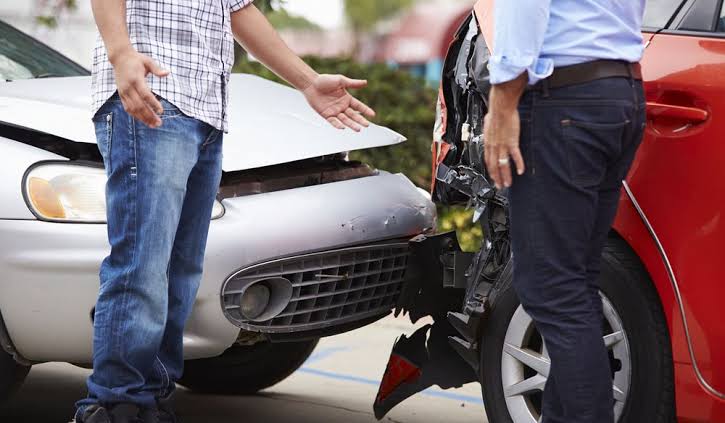As our population continues to grow and road infrastructure becomes increasingly congested, deaths from traffic accidents are going up in Pakistan. Our trauma care systems need to evolve to deal with this crisis.
“Every five minutes we have a fatality due to a road traffic accident,” Dr Adil Haider, trauma surgeon and AKU medical college dean, said at the Aga Khan University’s 5th Annual Surgical Conference Trauma.
He shared the latest figures with the audience: “The case fatality rate for Pakistan in 2013 was 2.5% and now it has gone up to 3%.” The most recent data from the Pakistan Bureau of Statistics shows there were 11,121 road traffic accidents between 2017 and 2018 and 5,948 deaths.
A systematic approach which focuses on pre-hospital care, such as first aid training of bystanders and control of bleeding can prove be lifesaving, said experts at the conference.
“Since blood loss is the leading cause of preventable death following injury, rapid control of bleeding at the scene of an event can be lifesaving, especially if bystanders can step in to help before emergency responders arrive,” said Dr Eileen Bulger, a professor of surgery at the University of Washington.
There are more deaths from trauma and injury over the world than from infectious diseases such as HIV, tuberculosis and malaria. In Pakistan, injuries are the second leading cause of disability and the 11th leading cause of premature death, shared Dr Haider.
We should start thinking of trauma care as a public health problem, Dr Bulger said. This would involve fixing the gaps in the existing system and increasing medical personnel.
“Our hospitals lack multidisciplinary teams of specialists and the emergency care system as a whole is short of fully equipped ambulances and trained bystanders,” said Chair of the Department of Surgery at AKU Professor Ather Enam.
There are different levels of trauma centres and a good emergency care system consists of the proper balance of these.
Dr Berger elaborated on the different levels of trauma centres required to deal with injuries and how research by the American College of Surgeons had shown the right balance lowered mortality by 23%.
Levels of trauma centres
- Level 1: These are the most advanced centres with 24/7 availability of all medical specialists to care for the most complex patients, ongoing research and community education programmes.
- Level 2: Centres that provide surgical response such as general surgery, orthopaedics and neurosurgery.
- Level 3: Community setting centres with 24/7 general surgery and orthopaedics, but these may not have consistent coverage of other specialities.
- Level 4: Centres are meant to be rural centres to stabilise patients and perform immediate lifesaving measures and start blood transfusions before shifting them to advanced care.
However, in the absence of a formal emergency medical services system, it was important to focus on improving pre-hospital care, said Dr Bulger.
She shared a study from Northern Iraq and Cambodia where the introduction of a two-tier system had brought mortality down from 40% to 9%.
The measures her team had taken were training 5,000 first responders in first aid and giving paramedics 450 hours of formal training in trauma care.
Another area that needed improvement was limited resources such as surgical providers, Dr Bulger said. Countries with fewer than 20 specialist surgeons, anaesthetists, and obstetricians (SAO) per 100,000 people have poor health outcomes, according to The Lancet.
In high-income countries this density stands at 57, in upper middle-income countries it is 23, six in lower-middle income countries and only 0.7 in lower income countries.
Emergency care by specialists and surgical rehabilitation is estimated to prevent 40% of road traffic deaths, according to data by the United Nations.
It can also contribute to achieving targets under 10 more sustainable development goals by addressing non-communicable diseases, obstetric complications, child health issues, and injuries related to disasters and violence, said Dr Hasan Badre Alam, a professor of surgery at the University of Michigan, at the conference.

